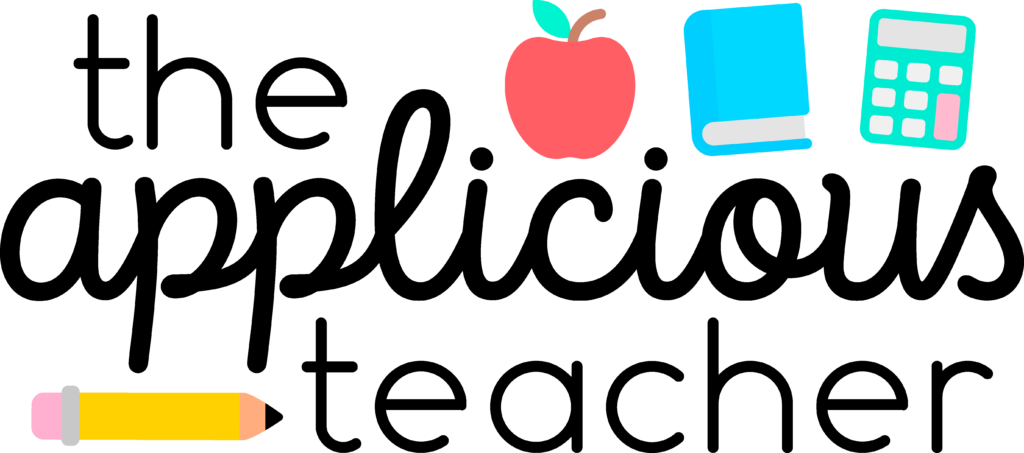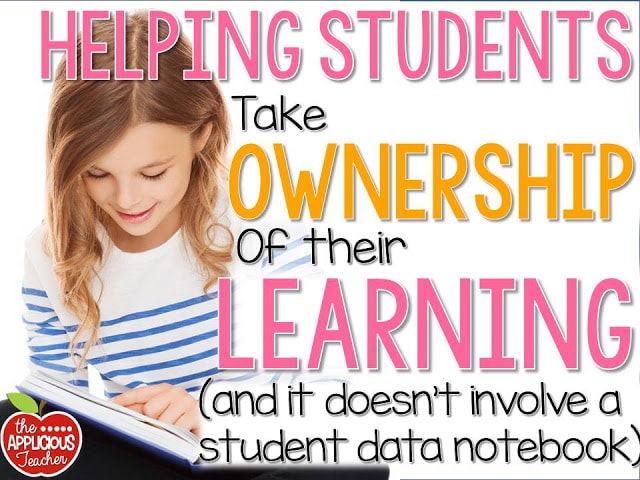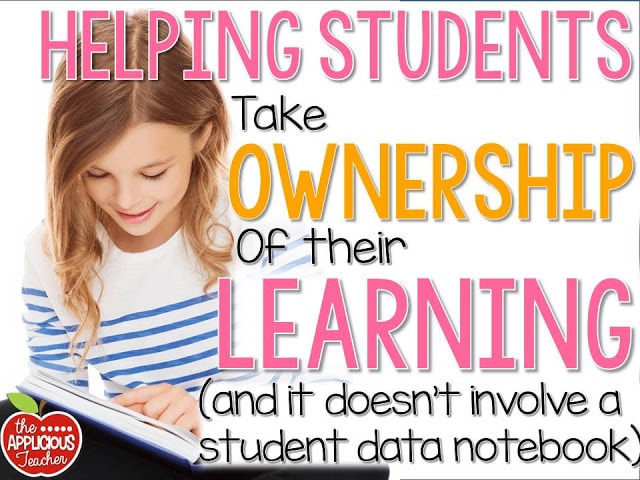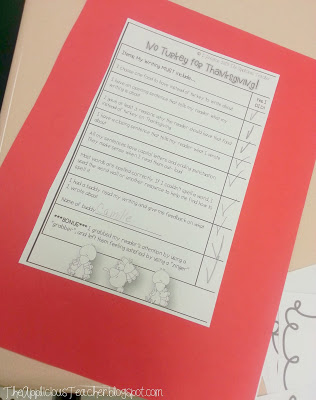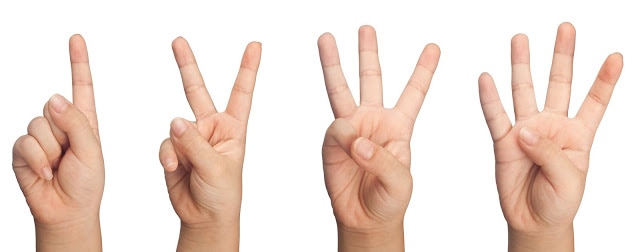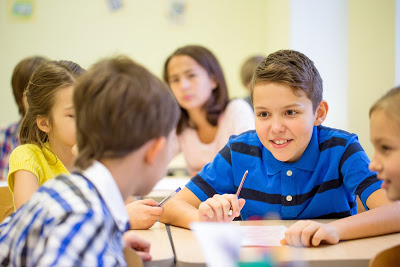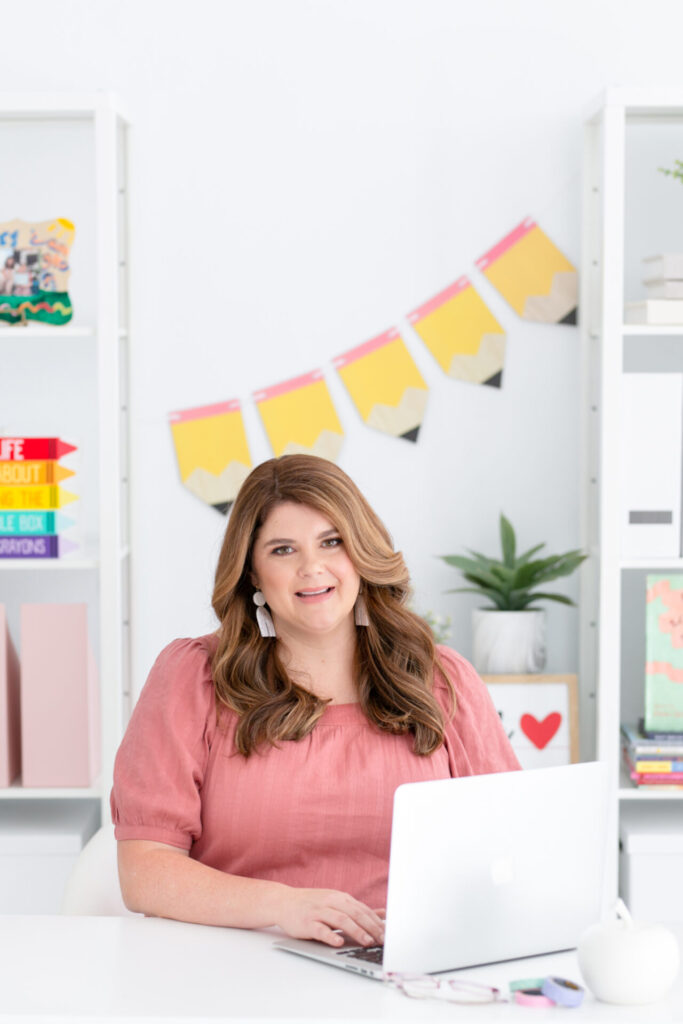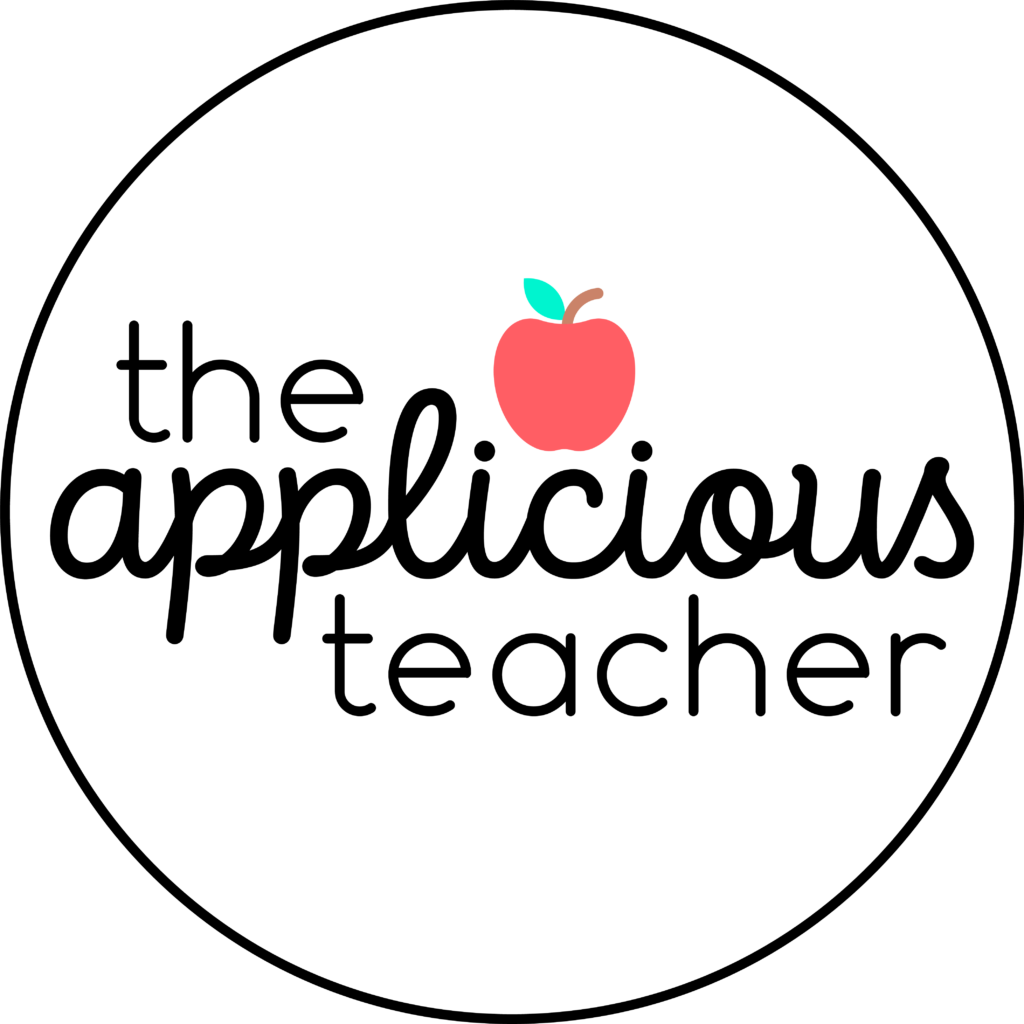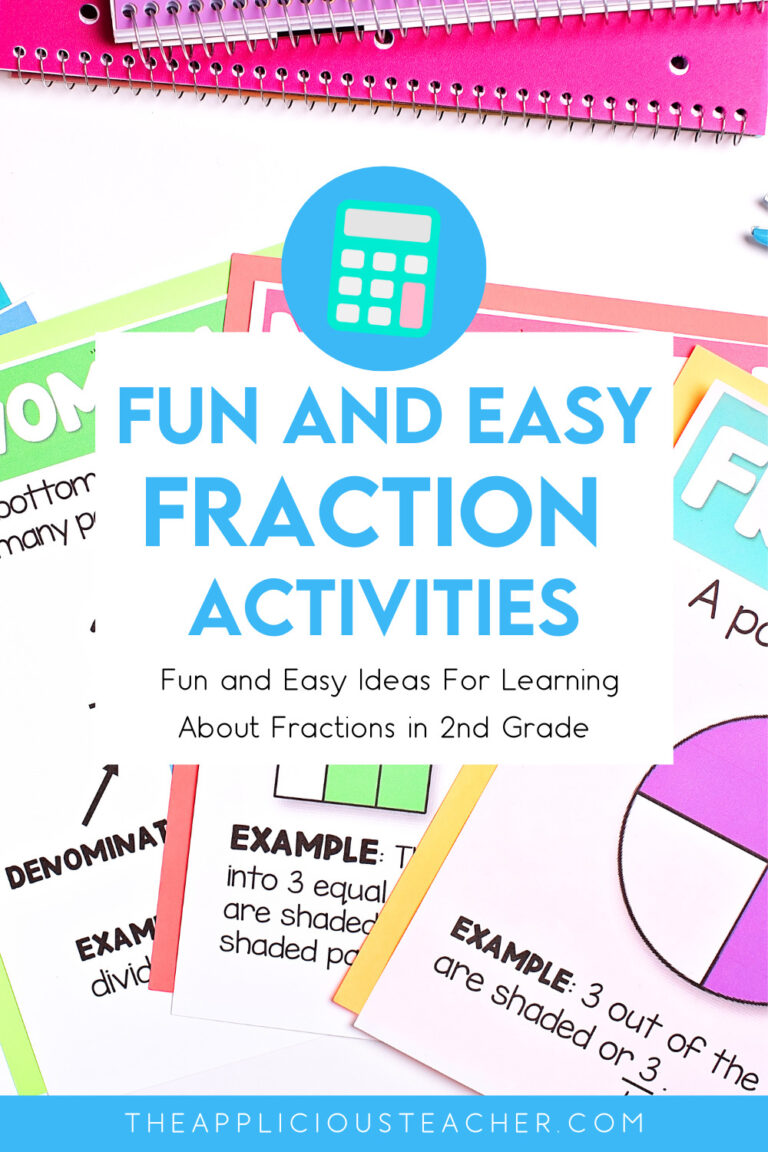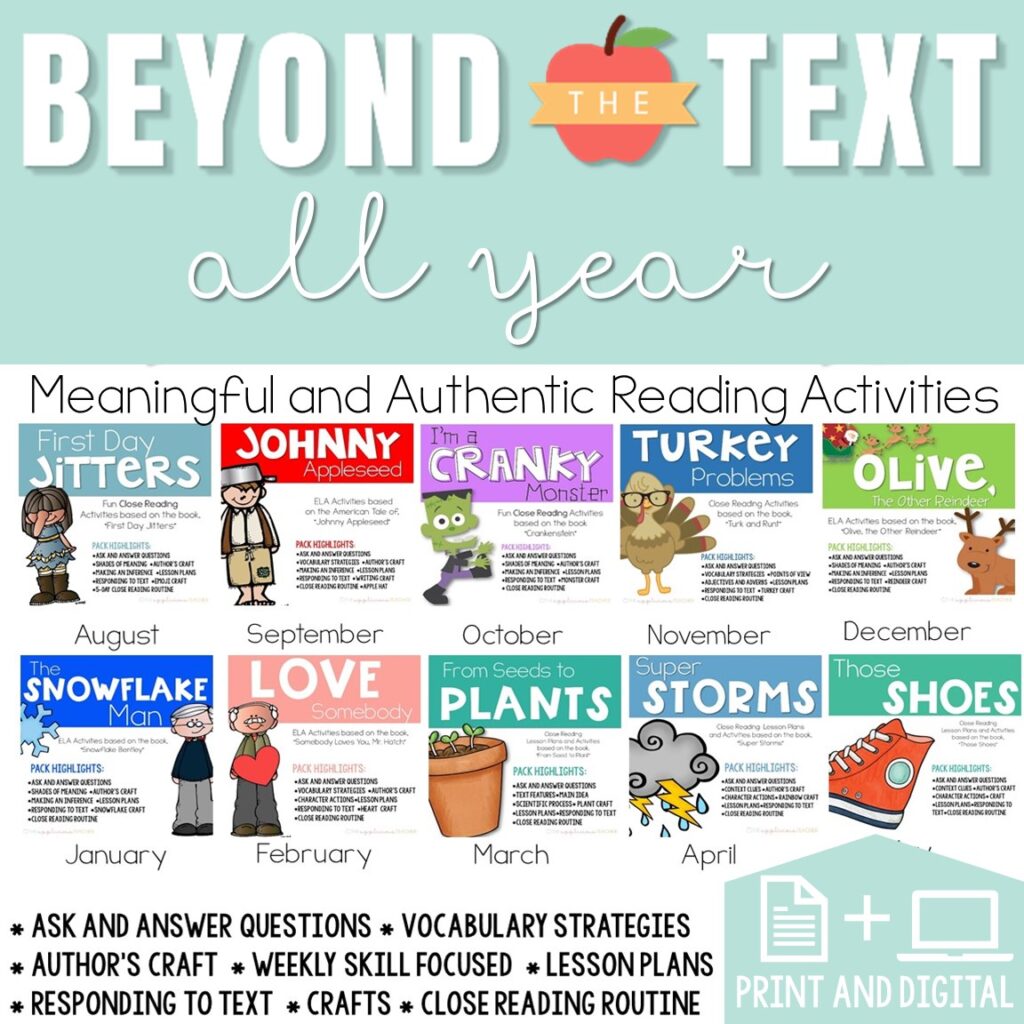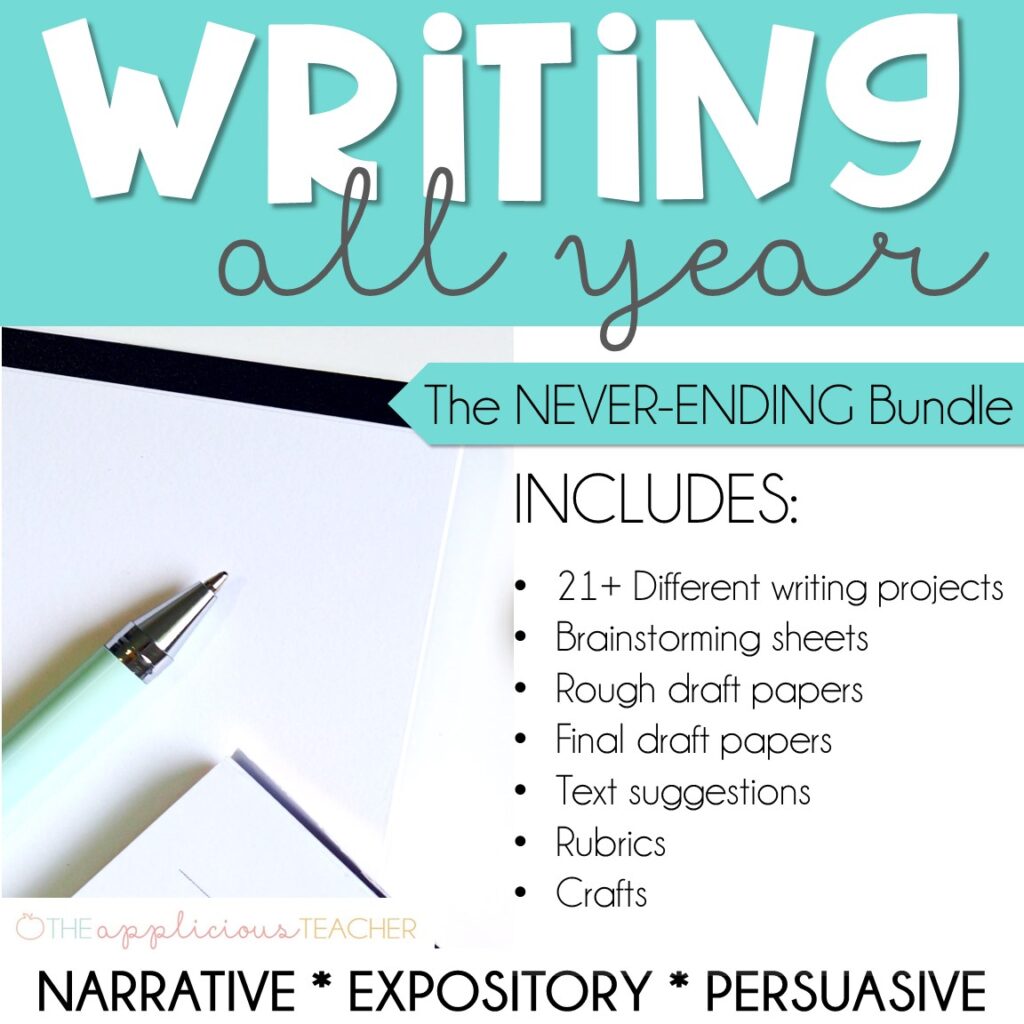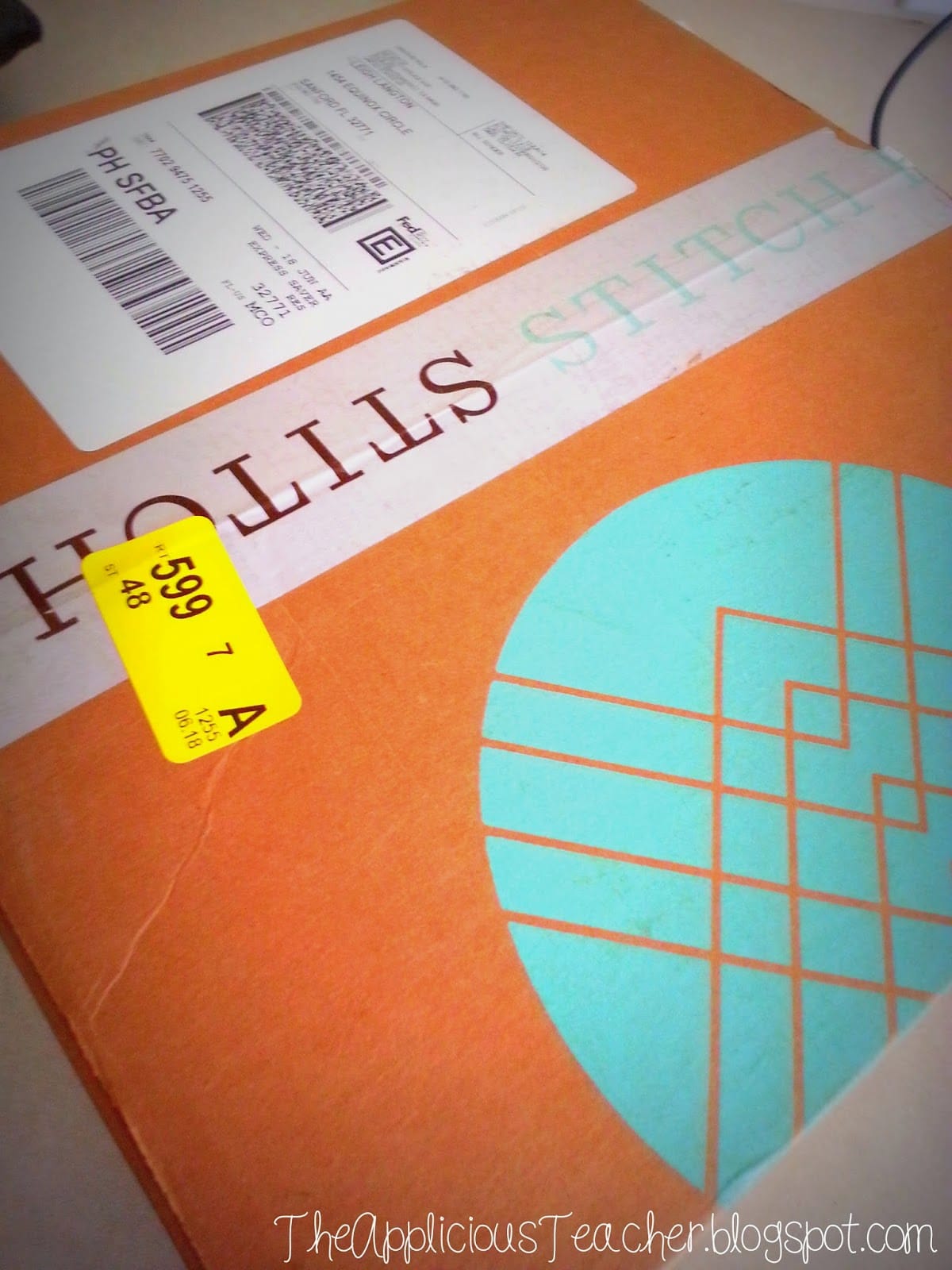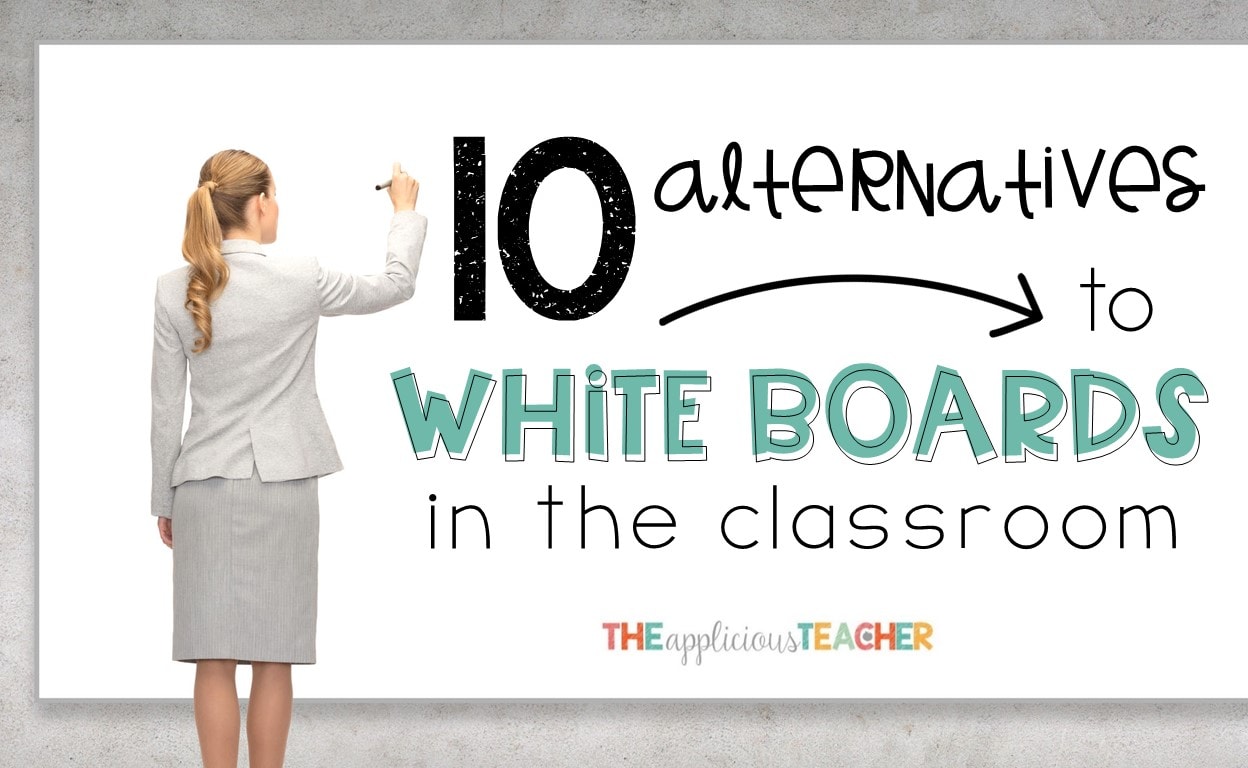We all know that a “culture of learning” is king when it comes to best teaching practices. Are teachers effective at making sure students are engaged and excited about their learning? A smaller, but still just as important piece of that student engagement puzzle is the idea of students taking ownership of their learning. Are they choosing to be engaged, reflective, and active in their learning?
In my district, it is widely held that this can only be achieved through a Student Data Notebook. Don’t get me wrong… I’ve read the research. I’ve also read research on how students benefit from unstructured physical play for 30 minutes a day while at school. If they can choose to ignore research, then I guess I can too… 😉
Reflect
One way to build student ownership of their learning is to teach students how to reflect. After your next lesson, ask your students a few quick questions:
- Did they get it?
- How do they know?
- Did they do their best on that assignment? If not, why? If so, how do they feel?
These inquiries can take only a minute to do. I love doing them as a “think aloud” activity while on the carpet. Asking these types of questions gets kids thinking a little more about their purpose in learning and later, taking an active approach.
Self-Checking Rubrics
Another? Using self-checking rubrics. What are self-checking rubrics? Simply, rubrics that students use to self-assess their performance on a specific task.
This is from my “No Turkey?” Persuasive Writing, but all of my writing activities have them.
I’m a HUGE fan of student rubrics. Why? They are such a great way for us, as educators, to communicate to our students what we expect from them without having to repeat it a gazillion times because someone wasn’t listening the first bajillion… And… they give kids ownership of their work. If students know what they need to do to get the best grade that they can possibly get, chances are, they’re going do what they need to to get that best grade. Instant ownership!
SUPER TEACHER TIP! Wanna take this idea to the next level? Have students create the rubric for their next assignment. I suggest this practice on assignment structures you’ve done a lot of (like a writing piece or an ISN assignment) You’d be amazed at how quickly students remember all those little details on what makes an exceptionally good assignment.
Oh, and did I mention it makes grading a breeze? Applicious Teacher Tip for the win!
Self-Scoring
Self-scoring is another quick and easy way to get kids to be reflective of their learning. (And probably the one I use the most!) So, what does self-scoring look like? Well, in a primary classroom it might be a simple show of thumbs up or thumbs down to spot check student understanding.
In my second grade and third grade classrooms, it’s directly tied to our learning targets. At the beginning of the year, I teach students how to use a number finger system.
After completing a whole group lesson, I ask students to rate themselves on a scale of 1-4 on how well they feel they understand the concept before we move into the practice phase of our activity. I like to start with 3 on my descriptor. If students understand the concept and only anticipate one or two questions, they are a 3. Then, I move to 2’s: 2’s understand the concept, but are not ready to complete the assignment on their own. They have lots of questions. 1’s are students who are really struggling and are not sure what the target even is or where to start. I usually share my level 4’s last with a description of: not only do I understand the concept, I could teach it to my neighbor and take it to the next level.
After giving students some silent think time, I have students show their fingers. All 1’s and 2’s usually come to my side table for extra review and support. 3’s and 4’s are given the assignment. 4’s usually get an extension activity if available. If there are too many 2’s for me to get to, I’ll enlist the help of my 4’s (after proving themselves with a sample problem with me.)
I’ve been using this type of system for about 5 years now and I swear by it! I find it works best during my math block where learning targets are easily identified. We either understand how to decompose numbers so we can add or we don’t.
Many teachers ask how I know students are telling the truth.
Here’s my honest truth: I don’t.
I mean don’t get me wrong, I spot check my kids constantly while teaching so I can predict where most of my students will land in their acquisition of the learning concept, but in the end: I trust my kids. I trust that they’ve taken ownership of their learning and that if they truly don’t understand a concept, they’ll seek out my help by coming to my side table. Chances are, they’re being honest about themselves because they want to do well on the assignment. On the flip side, most students don’t want to give themselves the 4 rating because it usually means extra work once the original assignment is completed. Only someone who really understands a concept is going to want to do that!
Peer Talks
In the Applicious classroom, collaboration is king. That is why I think it is so important to bring reflection discussions to the partner and small group stage. This routine takes a little longer to build, but I promise your kiddos will respond! I find collaborative discussion works well before or after a concept has been taught. Pose a question out to your students about their learning.
Some samples to get you started:
How do they feel about the concept being taught?
Do they agree with what’s been stated, or disagree? Why?
What do you want to learn more about?
What part of the lesson was your favorite? Your least favorite?
What do you already know about this subject? What do you want to know?
Ask a few of these and have students do a quick “think-pair-share” or “Round Robin” at their table groups and you’ll be surprised at the student’s engagement and excitement level. I’ve been teaching long enough to know that no matter what it is, if students are talking about themselves, they want to do it.
Teacher Feedback
This last one is probably the hardest to do. It requires time and energy. Two things that teachers never have enough of. If you can find time in your busy day, I suggest you make time for this baby. This is the MOST EFFECTIVE way to build your students’ understanding and ownership.
Any one on one time a student receives with his teacher is valuable. Now imagine how valuable that time becomes when the teacher is going point by point on what the students did well and what they can do to improve.
Any one on one time a student receives with his teacher is valuable. Now imagine how valuable that time becomes when the teacher is going point by point on what the students did well and what they can do to improve.
Case in point: Writing conferences. I’ve written about teacher writing conferences before (you can read about it here) It is a practice that I still find time to do in my very busy no-time-for-writing-third grade classroom. It is the time I am able to mold my students and activate their thinking.
Even just little remarks like:
“I love this grabber! Where did you get the idea?” and
“I would have given you full marks if all your sentences were capitalized.”
“Talk to me a little bit more about your closing statement.”
Work to pull students through their processing thoughts and become more aware of their learning. Students are able to listen, digest, and discuss information that is about only them during these one-on-one information exchanges. That type of processing only brings about a more aware learner. My suggestion? Do them well and do them often!
So these are just a few ways to build ownership of learning in your classroom. Notice not once did I mention a Student Data Notebook. If we want to build students up, then why work to knock them down if their numbers are showing the growth? What are some other ways to build a classroom up? Comment below!
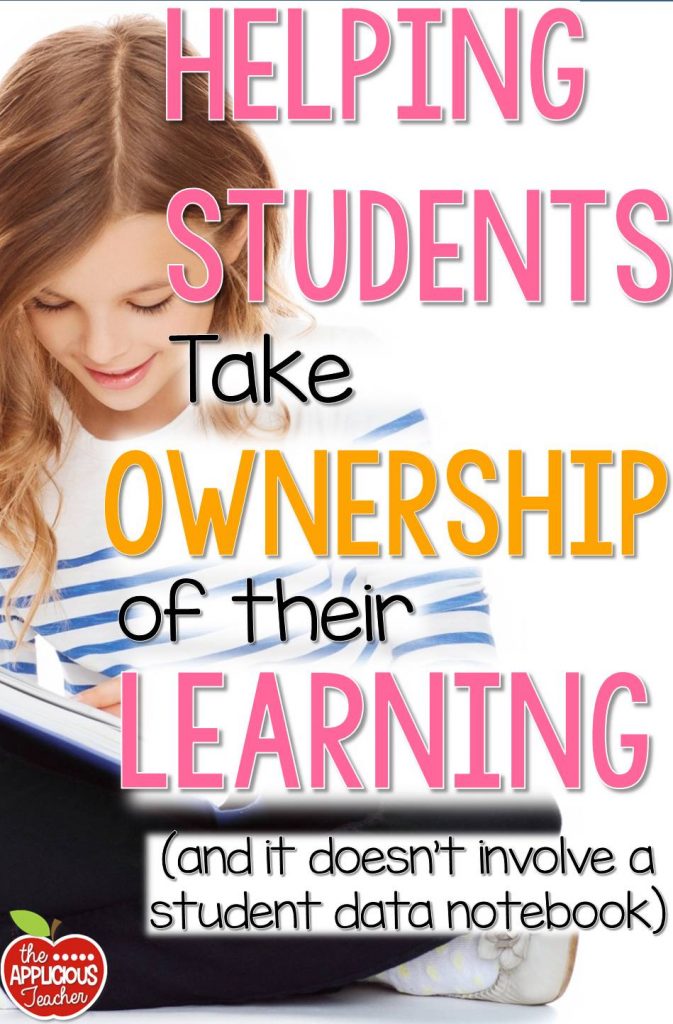
Sign up to snag these!

Receive all these classroom management tools right to your inbox!
Success! Now check your email to confirm your subscription.
